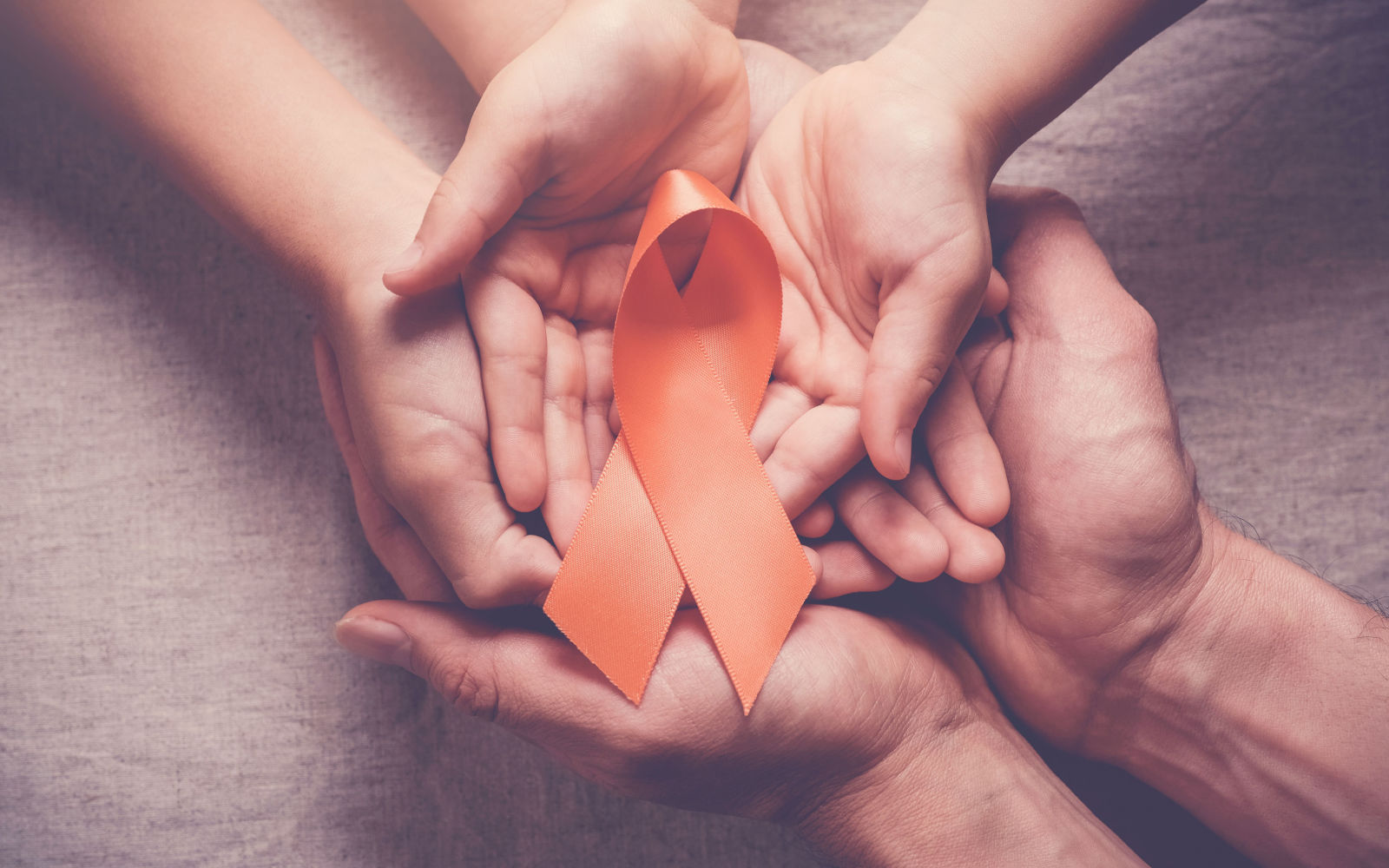The symptoms of childhood leukemia can sometimes look like the symptoms of other illnesses. If you notice any symptoms in your child, it’s vital to have them tested, regardless of whether they’re diagnosed with leukemia. If your child is diagnosed with leukemia, seeing a doctor is vital to their treatment.
How to Recognize Signs of Childhood Leukemia
Leukemia is an illness that starts in the bone marrow, where new blood cells are formed. The symptoms of leukemia manifest as problems in the bone marrow. A low red blood cell count can identify these problems in children. As more leukemia cells build up in the marrow, the leukemia cells crowd the red blood cells, white cells, and platelets. Leukemia cells can also appear in other body areas, causing other symptoms.
Red blood cells carry oxygen to your child’s vital organs. A shortage of these red blood cells, or anemia, can cause symptoms like:
- Fatigue
- Weakness
- Often being cold or chilled
- Dizziness and lightheadedness
- Shortness of breath
- Skin paling
White blood cells fight off bacteria and germs. Children with leukemia seem to have high white blood cell counts. But the cells that show up on the tests are leukemia cells. Leukemia cells don’t protect against infection; they crowd the cells needed to prevent sickness. Lacking white blood cells can cause infection, fevers, and other illnesses. Children with leukemia often get infections one after another. They can also develop fevers without infection, despite fevers often being a symptom of infection.
Platelets help stop bleeding, externally and internally. And a shortage of platelets can lead to easy bruising, bleeding, frequent nosebleeds, bleeding gums, bone pain, joint pain, and swelling.
If the spleen or liver gets large enough, they press against other organs, including the stomach. An enlarged stomach can feel full while barely eating, leading to appetite loss and weight loss. Leukemia can also spread to the lymph nodes, causing them to swell. When the lymph nodes swell, they can be seen or felt as lumps beneath the skin. When the lymph nodes in the chest or abdomen start swelling, they can only be seen on CT scans or MRIs.
Leukemia can also affect the thymus, an organ in the trachea that leads to the lungs, causing difficulty breathing. An enlarged thymus can press against the trachea and cause coughing and wheezing in leukemia patients. In some cases, the leukemia cells can increase in the lungs, leading to more breathing concerns.
An enlarged thymus can press against the Superior Vena Cava, or SVC, responsible for carrying blood from the torso to the heart. If the blood “backs up” in the veins, it can lead to swelling in the face, neck, arms, and chest. Sometimes, it can look like the affected areas are bruised as well. Symptoms of SVC Syndrome are headaches, dizziness, and a change in consciousness. SVC syndrome can be lethal, and treating it is imperative.
When to Test for Childhood Leukemia
Many symptoms of leukemia are caused by something else. Even if your child isn’t diagnosed with leukemia, you must have your child tested if you notice any of the classic leukemia symptoms. Your doctor will know if it is leukemia, and they’ll be able to start treatment immediately. Contact Advanced Pediatrics of Rockland when you notice symptoms.





